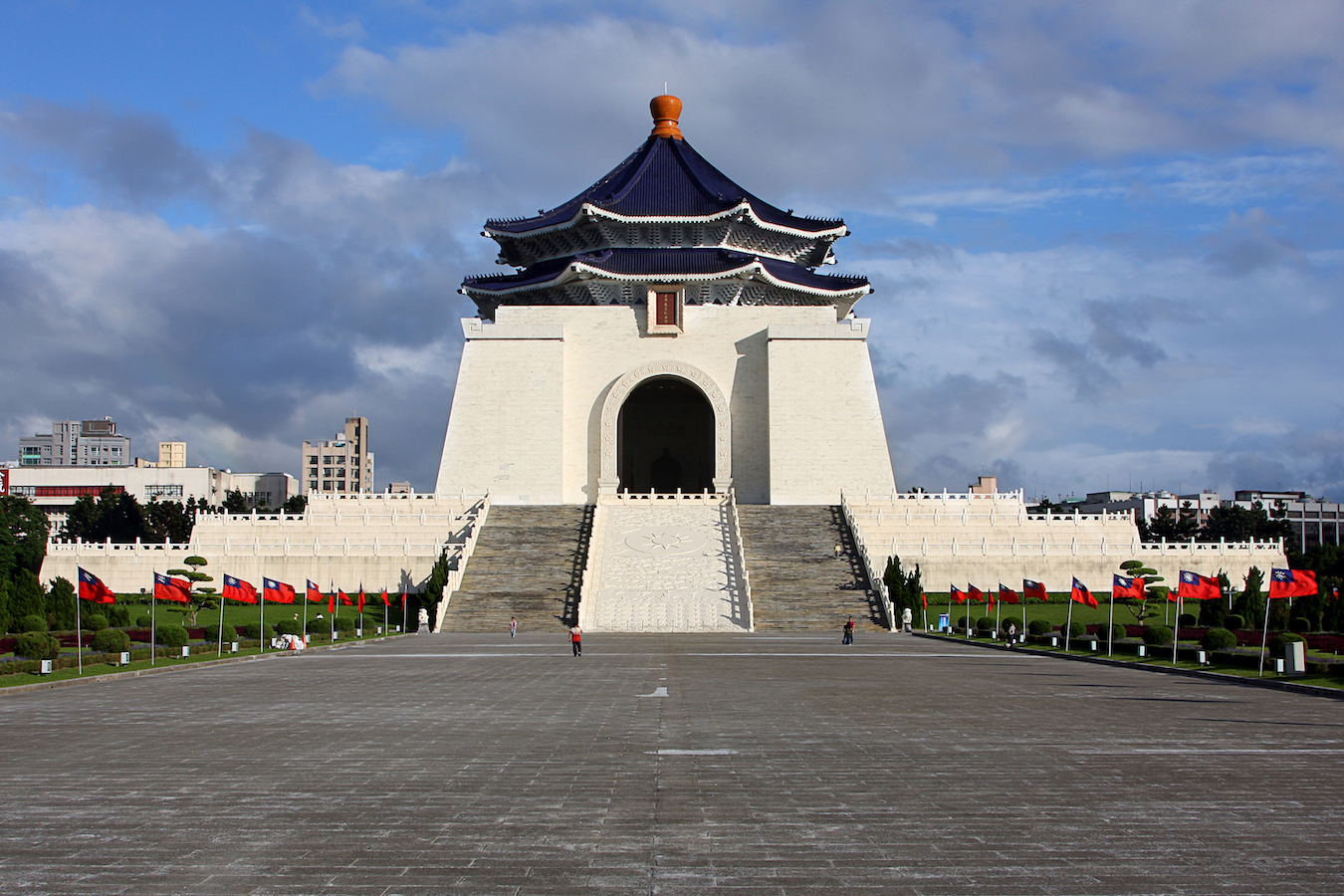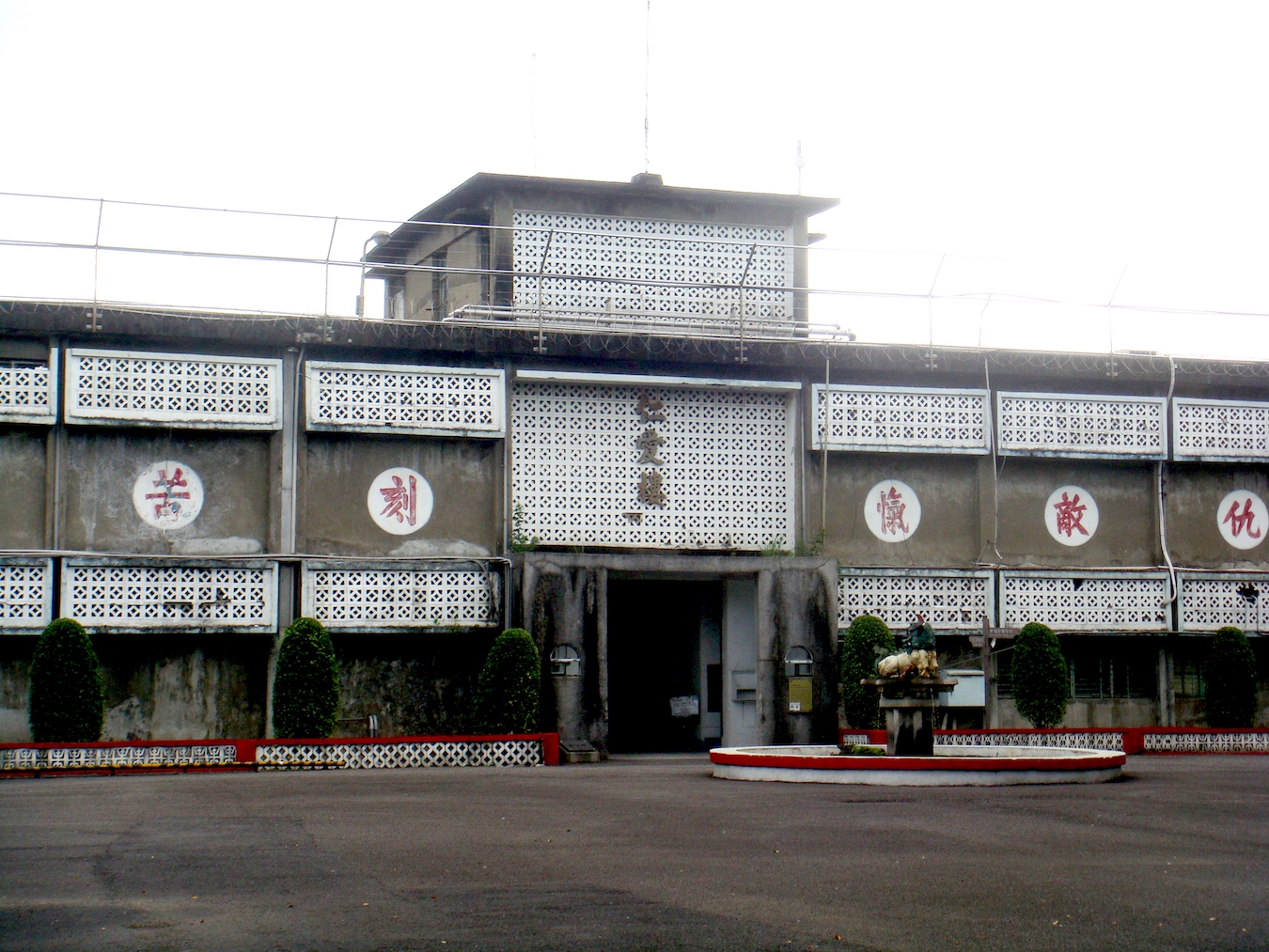by Brian Hioe
語言:
English
Photo Credit: rheins/WikiCommons/CC BY 3.0
ON THE 76TH anniversary of the 228 Massacre, commemorations were held to memorialize the event, traditionally viewed as the start of the decades-long White Terror that followed. This includes many events held annually, such as the Gongsheng Music Festival–the indie rock festival held on Ketagalan Boulevard organized by civil society groups–as well as commemorations by the government. Nevertheless, the anniversary of the 228 Massacre should point to how the pan-Blue camp in Taiwan has generally sought to avoid reckoning with its authoritarian past.
It may not be surprising to note that statements by the DPP touted the efforts of the party to push for transitional justice through the framework of the Transitional Justice Commission (TJC), which was dissolved last year. This occurs even as the TJC did not manage to carry out the removal of Chiang Kai-shek statues nationwide, such as at the Chiang Kai-shek Memorial, or the 1,533 locations with statues of Chiang Kai-shek or Chiang Ching-kuo that it identified.
The TJC called for the removal of the 6.3-meter statue of Chiang Kai-shek in the Chiang Kai-shek Memorial and the Cihu Mausoleum, where Chiang Kai-shek and Chiang Ching-kuo’s graves still have an honor guard maintained at the national expense. Civil society organizations commemorating 228 have called for the removal of these statues, as fulfilling the tasks of transitional justice in Taiwan, with the view of Chiang Kai-shek as the primary perpetrator of the killings.
 The Chiang Kai-shek Memorial. Photo credit: AngMoKio/WikiCommons/CC BY-SA 3.0
The Chiang Kai-shek Memorial. Photo credit: AngMoKio/WikiCommons/CC BY-SA 3.0
Indeed, major historical crimes of the White Terror still have not seen official clarity, such as the 1980 murder of democracy activist Lin Yi-hsiung’s daughters and mother. The murder occurred despite the fact that the Lin family was under 24-hour surveillance, suggesting that the murders were committed by state security forces themselves. The KMT sought to pin the blame for the murders on other activists of the democracy movement, so as to suggest that activists tended to internally purge each other. Nevertheless, the records from the incident have not been declassified–despite that some who were caught up in the incident, such as Bruce Jacobs, the Australian academic that the KMT tried to pin the killings on, have since passed away.
Prominent pan-Blue politicians such as Taipei mayor Chiang Wan-an and New Taipei mayor Hou You-yi have been accused of failing to confront the authoritarian past. Chiang claims to be the descendent of Chiang Kai-shek, with him and his father John Chiang having changed their last name from “Chiang” to “Chang” in order to claim the Chiang legacy when they decided to seek political office. On the other hand, Hou was the responsible police officer that oversaw the series of events that led to free speech martyr Deng Nan-jung’s self-immolation.
Indeed, with Chiang Wan-an and former president Ma Ying-jeou both giving speeches today about 228, Chiang was heckled during his speech by demonstrators. It seems probable, however, that some pan-Blue outlets will frame the incident as Chiang sincerely trying to make amends but being disrupted by rowdy, uncouth demonstrators, perhaps with an ethnic, class slant to such depictions.
For its part, the KMT and its chair Eric Chu did issue a statement of condolence for 228. However, the statement generally avoids discussing the causes of the 228 Massacre, instead depicting 228 as though it were some kind of tragedy along the lines of a natural disaster. Instead, the KMT statement on 228 instead tries to pivot the historical memory of the incident to call for “cross-strait peace”.
 The Jingmei Human Rights Memorial Park, formerly the site of a jail used by the KMY during the White Terror. Photo credit: Reke/WikiCommons/CC BY-SA 3.0
The Jingmei Human Rights Memorial Park, formerly the site of a jail used by the KMY during the White Terror. Photo credit: Reke/WikiCommons/CC BY-SA 3.0
In past decades, of course, the KMT has become the pro-unification party in Taiwanese politics. Yet recent meetings in China held between the KMT and the CCP by vice chair Andrew Hsia go to show the KMT’s willingness to circumvent Taiwan’s contemporary democratic institutions, to hold talks with the CCP. The KMT frames its actions as in the pursuit of “cross-strait peace” while framing the DPP as unnecessarily provoking China, but clearly does not see any need to be accountable to public institutions.
Nevertheless, to this extent, one can observe how the KMT still sees Taiwan as its rightful dominion, without needing to bother with what the view of Taiwanese society as a whole is. Indeed, the KMT recently even put out an image on its Facebook page suggesting that Tsai Ing-wen and other DPP leaders that criticized the KMT over Hsia’s trip to China should be arrested–rather astonishing for a party that was until not too long ago arresting political dissidents including the founding members of the DPP.
In the meantime, there continues to be much to be worked on in terms of efforts to realize transitional justice in Taiwan. Past years have seen calls to be more conscious of Indigenous justice not only for Han victims of 228 and the White Terror, but regarding Indigenous perspectives, and to take into account Taiwan’s broader history of colonialism as it pertains to transitional justice for Indigenous, both during the White Terror and during preceding periods. As such, the Gongsheng Music Festival and other youth-oriented 228 commemorations have sought to platform Indigenous activists as part of the proceedings. Yet with there being a refusal to confront even relatively recent historical trauma, making redress for these and other wrongs in Taiwan will be an uphill struggle.

